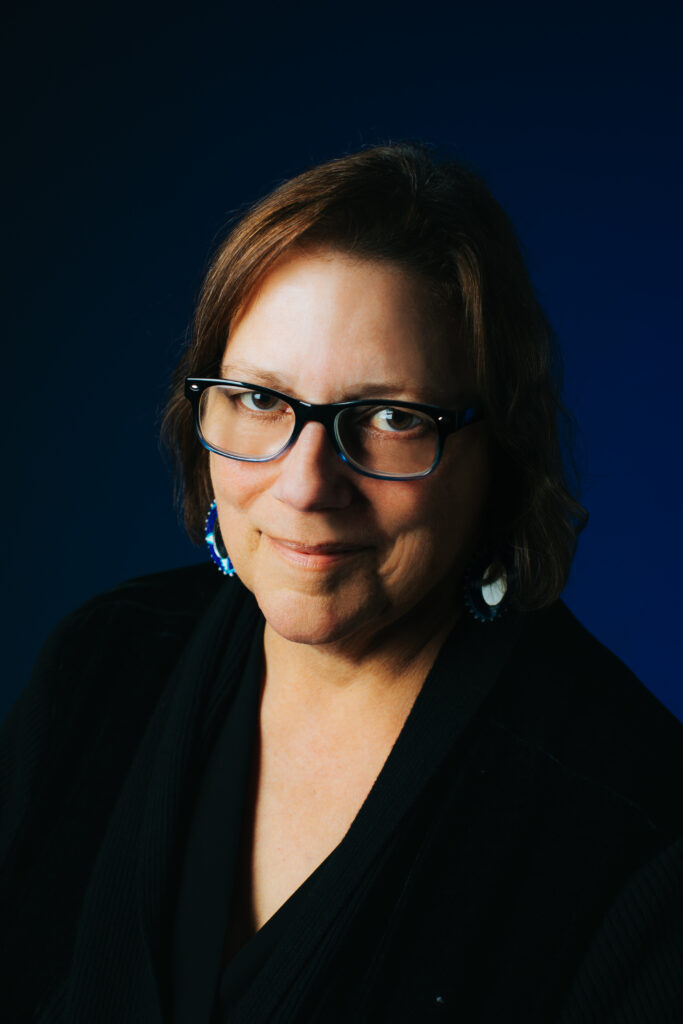Ruby Hansen Murray is an award-winning columnist for the Osage News, winner of The Iowa Review and Montana Nonfiction (2024 & 2017) Prizes, and a MacDowell, Tin House Debut 40, and Indigenous Nations Poets fellow. She has been nominated for Push Cart prizes and Best of the Net. Her poetry appears or is forthcoming in Poetry, Michigan Quarterly Review, The Hopkins Review, Ecotone, Moss, Beloit Poetry Journal, Prism, South Florida Poetry Journal, and River Mouth Review. Find her prose in Cutbank, Pleiades, Under the Sun, the Massachusetts Review, High Desert Journal, Colorlines, Transmotion, and The Rumpus. Her work is included in Cascadia: A Field Guide (Tupelo Press), Allotment Stories (Univ of Minnesota Press), and Shapes of Native Nonfiction (Univ of Washington Press). She’s a citizen of the Osage and Cherokee Nations with Afro-Caribbean roots, living in the lower Columbia River estuary.

